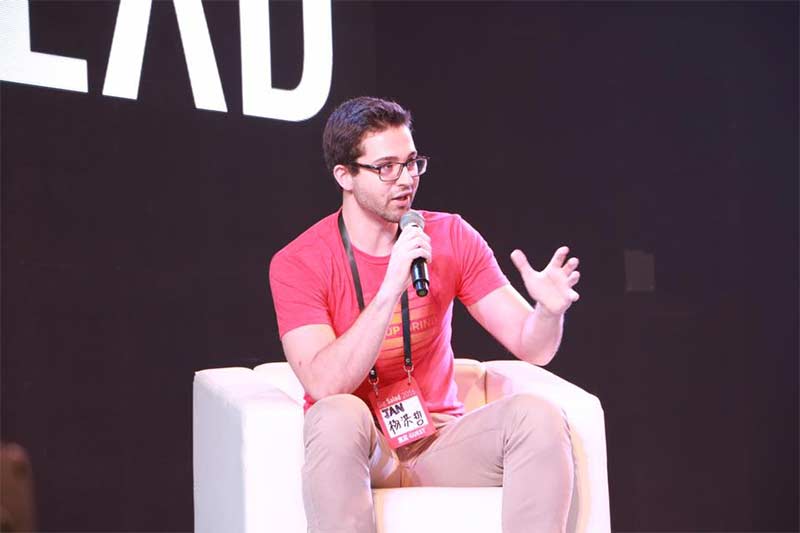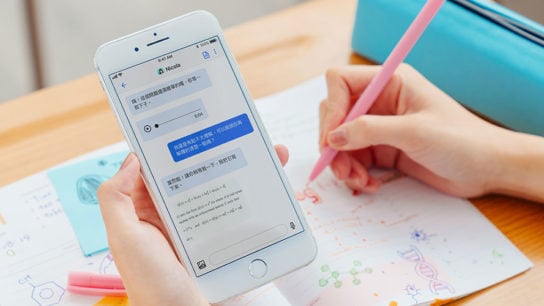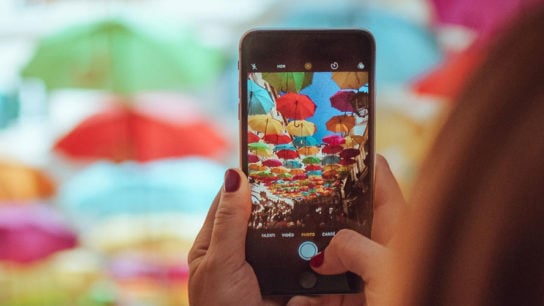Not sure how to improve your networking skills? Jan Smejkal, APAC Community Director at Startup Grind China, shares a few fundamental skills that you can apply, whatever your experience level.
Editor’s Note: Our guest contributor covers his own experiences in networking – and what has helped him advance his career. As always, your mileage may vary.
Last month I attended the Hult Prize Regional Finals event in Shanghai (as a guest this time). When the event was over, I ended up staying as one of the last attendees talking to others. Just before I left, one guy approached me and said to me: “Wow, you’re a professional networker!” Even though I was flattered by the statement (ego boost), I don’t think that’s the case. Yes, I like to talk to and connect with other people as well as read books and articles on how to build long-lasting relationships with people beyond one’s current circle of friends, but I still make TONS of mistakes and am definitely far from being a so-called “power connector” or expert.
However, this experience inspired me to write this article and share some tips on how to get better at connecting with others.

1. Preparation
You’d be surprised how many people underestimate this part. Keep in mind that you’re presenting (or if you want “selling”) yourself. So, work on your elevator pitch (1–2 minutes)! For different occasions, you may need to use a slightly different alternative (wording, the experience you mention, etc.). It’s worth it since you never know when you could get a chance to pitch yourself.
At the Hult Prize event, I met a high-level manager at Nokia responsible for IoT solutions in ASEAN (which is relevant for me at the moment as I’m a part of the IOTH — where I lead the business development in Asia). How? He was walking down the hallway alone, and I decided to approach him without even thinking about what I was going to say. It wouldn’t be possible if I didn’t practice my personal presentation before.
Put some work into the preparation and it will significantly decrease the probability of you missing out on the similar opportunities in the future. Guaranteed.
2. Give Before You Take
I’ve seen countless folks approaching the “busy people” in a room or people with whom they aspire to connect in hopes to get something out of the connection right away. It doesn’t work like that. You just met them; they don’t even know you. So, be generous and patient.
As Gary Vaynerchuk puts it: “Give 51% of the value to the person you wish to connect with, and you will always win, always.”
3. Find a Connector
If you find it unnatural to approach many “strangers” at the networking event or conference, make it easier for yourself by identifying 1–3 connectors or “influencers” in the room (prior the event). Learn more about them (from Twitter, LinkedIn, Blog, etc.), figure out what value you can provide and then try to get in touch.
Why?
If you are lucky and get a chance to connect with such people, you’ll see that (in many cases) after just a few minutes other interesting attendees of the event will join the conversation. Magic. Suddenly, you have much more people to talk to without even trying that much.
I visited a conference with Elon Musk in Hong Kong last year and did just that. By that time, I’d been following Casey Lau from StartupsHK for quite some time. He’s a fellow startup community builder, and I wanted to connect with him. To be honest, I didn’t know he’d be at the conference, but once I saw him unaccompanied, I jumped in, introduced myself and then we started talking. Exactly after a few minutes, as I mentioned earlier, other influential people from WHub, WebSummit & RISE showed up to say hi. It works, let it work for you.
Downside: These connectors & influencer may not be available. However, it is worth giving it a try.
4. Follow Up
Don’t underestimate the power of a timely follow-up.
It depends on how many people you (and those other people) meet at a particular happening, nevertheless… If you don’t follow up within 24–48 hours, chances are that you’ll forget the details of your conversations (you should make notes by the way) with the attendees or, even worse, they won’t remember you. Neither one of these two scenarios is good…
Fortunately, follow-ups don’t have to take ages. I usually add people on LinkedIn with a personalized message (yes, take those extra two minutes, you’ll stand out from the crowd) and send a short email at the same time, either personalized (if we talked about something specific) or a more general one, such as this one:
Note: The truth is, you won’t build a long-lasting relationship with everyone you meet — you didn’t meet them at the right time, it wasn’t a good fit, etc. — however, without a proper follow-up your chances to even start some (professional) relationship are almost none.
5. Deliver On Your Promises
If you promise to do something (send a link to a book/article, make an introduction, etc.), make a note and DO so (again, promptly)! Yes, sometimes even the other side might forget about it after a few drinks… But what if they don’t? It might undermine your reputation, and that’s something you don’t necessarily need at the beginning of the relationship.
Related Articles
7 Tips for Business Success in Asia
4 Types of Mentors Everyone Should Find
6 Success Tips from Asia’s Top 25 Innovator Ashley Dudarenok




